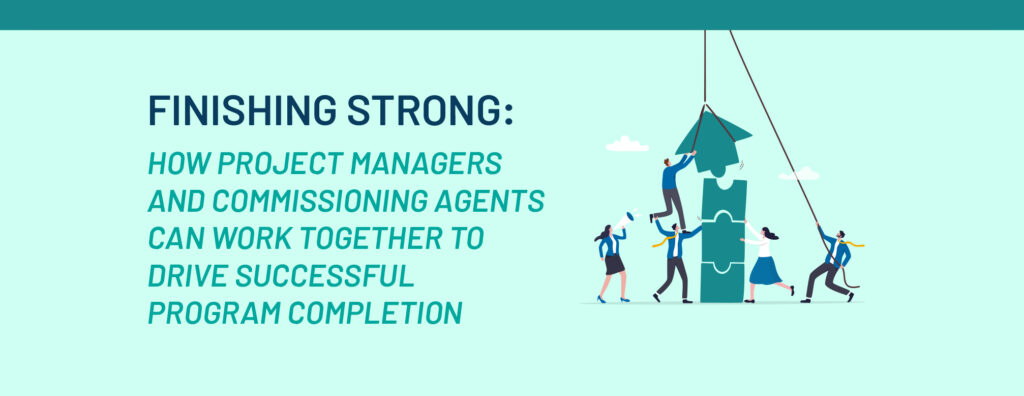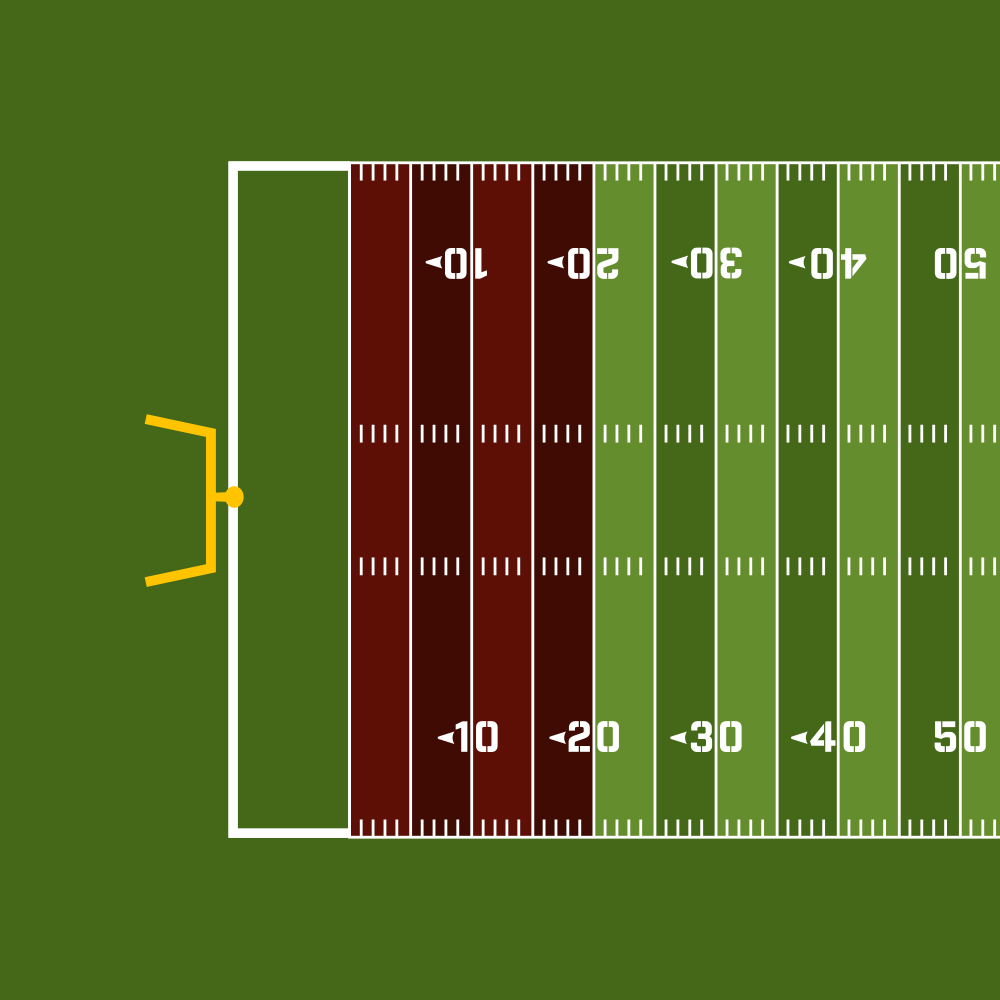
When it comes to large construction programs, the finish line is often the most critical and challenging part of the journey. As deadlines loom and systems are being installed, tested, and handed over, the collaboration between the construction and commissioning teams can make or break a project.
We recently sat down with Kevin Day, PE, CEM, CCP, LEED AP, GGP, who leads MBP’s Facility Performance service line, and Bill Grip, PE, CEFP, a senior program manager who recently led our Marine Corps Base Camp Lejeune program in collaboration with NAVFAC Atlantic and OICC Florence. They shared their insights on finishing a program strong, discussing the critical role of the commissioning process, the challenges they encounter, and the importance of collaboration in achieving successful program outcomes.

Kevin: One major misconception among project managers is that commissioning is just the final step—testing systems before handover—when, in fact, it starts much earlier and covers the entire program lifecycle. Successful commissioning confirms everything is designed, installed, and functioning according to the owner’s expectations. Many also don’t realize how much documentation is involved, with plans and specifications, checklists, and detailed issue tracking required for each phase. This attention to detail is critical for minimizing construction delays and costly change orders.
Bill: On the flip side, construction teams too often underestimate how long commissioning takes. There’s a belief that once construction is finished, commissioning happens quickly, but it’s a detailed, multi-phase process that confirms every system meets design and client expectations. This isn’t just a check-the-box exercise, especially on large programs where many interdependent systems are involved. If the construction schedule gets delayed, commissioning is pushed back. The business risk of downtime is immense, with every day of delay costing significant value. To mitigate this, teams need to anticipate scheduling complexities and address commissioning readiness well before hitting these critical phases to avoid costly overruns during the final stages.

Kevin: Commissioning should start early, ideally during the pre-design phase. Getting involved early means clearly defining and documenting the owner’s project requirements (OPR) to provide the design team with the critical criteria on which they are to base their design. The commissioning team reviews the design documents as the design progresses to verify completeness, compliance with the OPR, and coordination among disciplines. It also allows us to provide feedback before construction begins, which helps avoid costly changes down the road. Early commissioning involvement on large programs is crucial for identifying and resolving gaps in design when it is significantly more cost-effective to resolve than after construction has begun.
Bill: By bringing in the commissioning team early, issues that could become expensive problems later are caught during the design process. Early involvement improves the quality and coordination of the construction documents, establishes expectations, and reduces the number of requests for information and change orders submitted by the contractor, which often cause delays as they await final directives/approvals. Ensuring that every commissioning phase is properly prepared and planned for reduces the chances of schedule overruns, which can be incredibly costly, and ensures accurate information is provided to all stakeholders, especially the end user.

Kevin: The key is collaborative communication. The project team, including the owner, designer, contractor, and commissioning agent, needs to work together and be invested in the process to identify issues and develop the best solutions for those issues. That means regular coordination meetings and having the commissioning team review design documents and provide feedback before significant milestones. When we’re involved early and stay involved throughout, the whole process becomes smoother and minimizes the issues identified during testing when most projects are already in a time crunch. Regular readiness assessments before critical phases help address gaps before they lead to delays and streamline the handover process.
Bill: I agree that communication is critical but must be fair and transparent. If we keep everyone aligned and not afraid to speak from the start, we, at best, avoid surprises and, at worst, identify issues as early as possible to determine the path forward collectively. The commissioning team should be integrated into the project team and looped into all design reviews and construction updates so there are no last-minute issues when it’s time for testing. On large programs, miscommunication can lead to significant setbacks, especially when dependent phases exist. Commissioning readiness assessments should happen early and often and, through their integration into the project plan, can help identify areas requiring immediate attention before transitioning into the next stage.

Kevin: The top three are being involved early, having a detailed commissioning plan, and maintaining constant collaboration with the entire project team. Projects operate much more efficiently when we start early and have a clear strategy aligned with the construction schedule. For example, it’s essential to complete readiness assessments throughout, verifying that all factors relevant to each commissioning phase are addressed. Closing out punchlist items early and following clear guidelines, like those outlined in the Construction Industry Institute (CII) Special Publication 333-1, Managing Transitions between Construction Completion, Pre-Commissioning, and Startup, is crucial for managing transitions and avoiding unnecessary delays, particularly for high-pressure, time-sensitive projects.
Bill: For me, it’s clear communication, realistic scheduling, and ensuring roles are well-defined. If we keep the lines of communication open, plan the schedule realistically with commissioning in mind, and make sure everyone knows who’s responsible for what, we’ll avoid many headaches. Commissioning should not be seen as the end-all, but rather as one part of a complex project delivery system. By maintaining focus on the installation and the readiness of each system, commissioning will not become a bottleneck in overall project completion. This means conducting commissioning assessments as part of project progress updates to ensure no gaps remain. This way, we stay on track and avoid delays that could otherwise impact the entire project’s operational readiness.
The Key to Finishing Strong
The key to finishing strong lies in clear communication, early involvement of the commissioning team, and strong collaboration between all parties—design, construction, commissioning, and owner. By understanding each other’s challenges and working together, projects can reach completion on time with systems that function as intended. The commissioning process may be complex, but the right approach makes sure that the program doesn’t just finish—but finishes strong.
Download a copy of this blog here.





